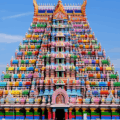Bird Watching Paradise: Must-Visit Bird Sanctuaries in India in 2025
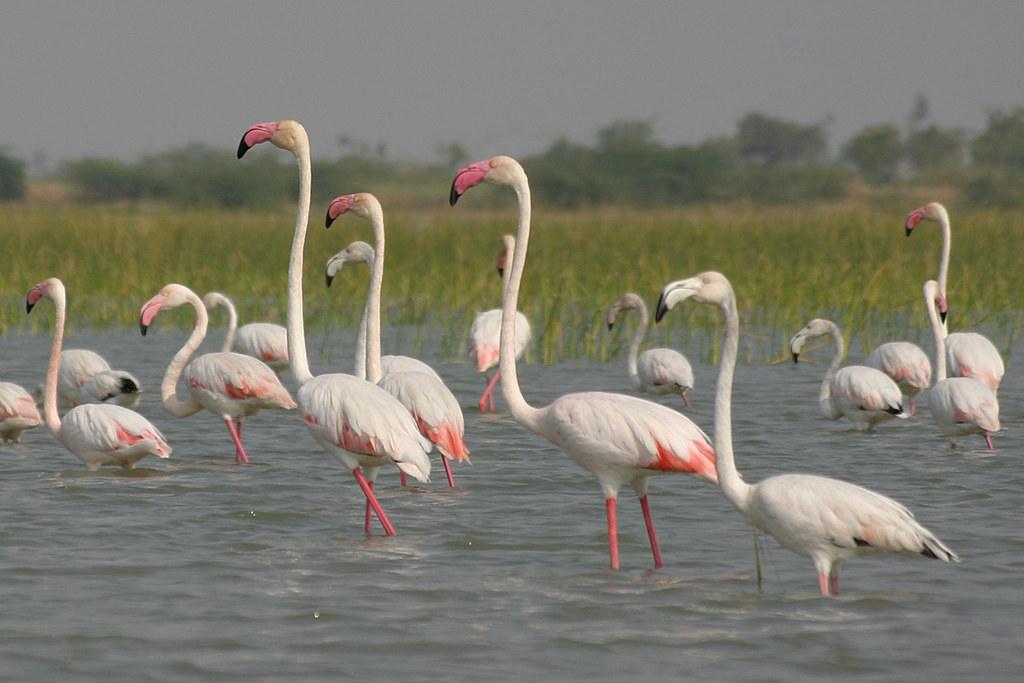
For many travellers, birdwatching in India means the crisp winter months of December to February. But those who step out between August and December experience a completely different magic. Monsoon-fed wetlands brim with life, resident birds engage in breeding displays, and the first migratory arrivals slip quietly into lush landscapes. The months between August and October reveal a different, often quieter and more intimate, face of India’s birdlife.
This guide covers 10 bird sanctuaries in India open from August to December in 2025, each offering its own mix of access, habitat, species, and seasonal charm. Whether you’re an early-season photographer, a casual birder, or simply someone who loves peaceful nature escapes, you’ll find useful details here — from exact timings to highlight species and best months to visit.
In this Blog
1. Ranganathittu Bird Sanctuary (Karnataka)
Location: Srirangapatna, close to Mysore on the Kaveri River.
Open months: Year-round; nesting season runs roughly June to November.
Best time (Aug–Dec): Ideal for nesting activity up to November, early winter migrants start by December.
Timings: 9:00 AM to 6:00 PM daily; last entry around 5:30 PM.
Birds: Painted stork, Asian openbill, black-headed ibis, river tern, kingfishers, herons.
Ranganathittu is a small cluster of river islets where large colonies of waterbirds nest on low trees and sandbanks. The sanctuary is especially notable because the breeding season overlaps with the monsoon, so August–October often shows active nests, fledglings and intense colony behaviour rather than just winter migrants. Visitors usually take short, guided boat rides that bring them close to colonies — an experience that is intimate, educational and highly photographic. Many travellers check the Ranganathittu Bird Sanctuary in India map before visiting to plan their route through the wetlands, as it’s one of the most iconic bird sanctuary in Karnataka.
2. Okhla Bird Sanctuary (Delhi–Noida border)
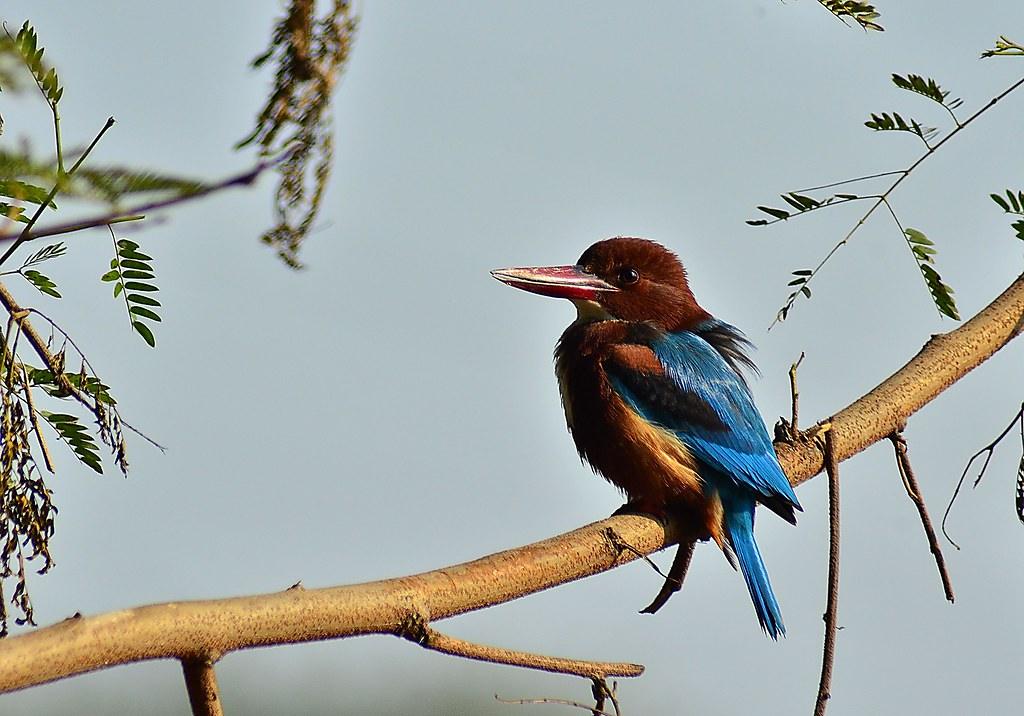
Location: Along the Yamuna river, bordering Delhi and Noida (Uttar Pradesh).
Open months: Year-round.
Best time (Aug–Dec): October for early waterbird arrivals; November–December for peak migratory flocks.
Timings: Typically sunrise to sunset; best birding in early morning and late afternoon.
Birds: Common coot, purple swamphen, northern shoveler, various ducks and passerines.
Okhla Bird Sanctuary Delhi is a surprisingly rich urban wetland. It remains accessible even in monsoon; bird activity increases significantly from October as migratory ducks and waders begin to arrive. Good pathways and hides make it an easy and rewarding half-day trip for city-based birders, making it a standout among bird sanctuaries in India for those living in the NCR region.
3. Bharatpur / Keoladeo Ghana National Park (Rajasthan)
Location: Bharatpur, eastern Rajasthan, a short drive from Agra and Jaipur.
Open months: Year-round.
Best time (Aug–Dec): August–October good for resident and early migrants; full migration commences from November.
Timings: Typically sunrise to sunset; specific entry hours vary seasonally.
Birds: Painted stork, spoonbill, ibises, resident waterfowl and waders.
Bharatpur Keoladeo National Park is one of India’s flagship reserves and a UNESCO site. While peak tourism arrives in the winter months, the post-monsoon window is an excellent time to visit for those who prefer fewer people and active wetlands. Many birders also know it as the famous bird sanctuary Bharatpur, a must-see in the list of top bharatpur bird sanctuaries. Flooded plains and recharged water bodies provide rich feeding grounds for resident waterbirds and the first trickles of migratory waders by October. The well-laid paths, hides, and trained guides make it suitable for both serious birders and families.
4. Tansa Wildlife Sanctuary (Maharashtra)
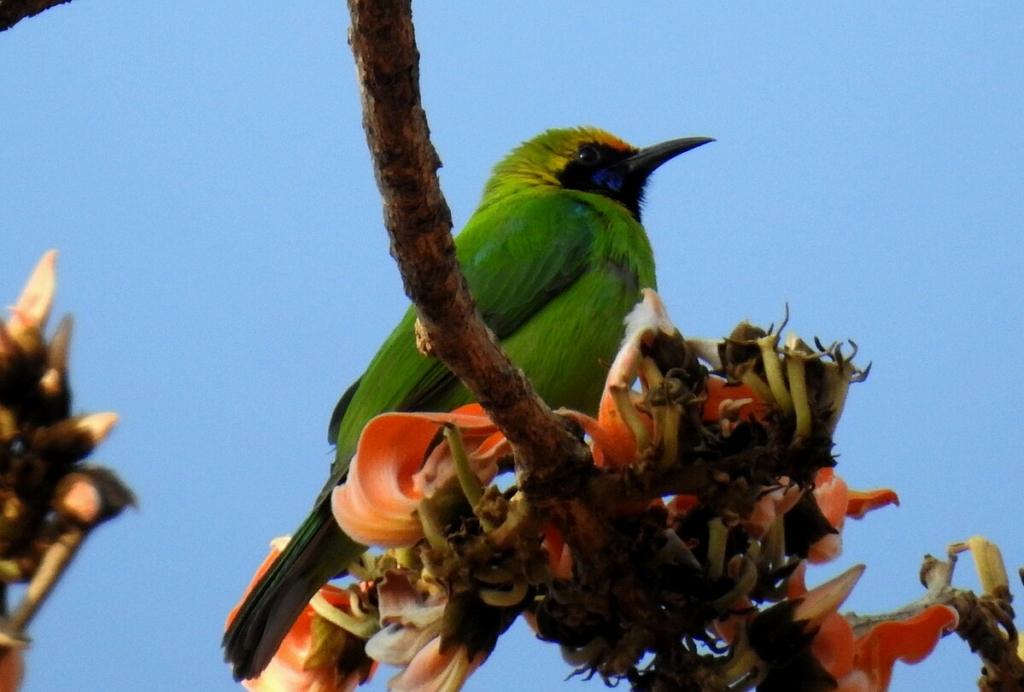
Location: Thane district, within reach of Mumbai and the northern Konkan.
Open months: Year-round.
Best time (Aug–Dec): August–September excellent for monsoon nesting activity; October–December quieter forest birding.
Timings: Typically early morning to evening; local birding guides advise dawn visits.
Birds: Indian pitta, crested serpent eagle, jungle owlet, white-bellied drongo.
Tansa offers a forest-edge, freshwater lake landscape that is quieter than the more famous hill stations nearby. The sanctuary stays open during the monsoon and hosts forest species that become very active with the insect boom of the rains. Birding here in August–September highlights breeding behaviours, territorial calls, feeding flocks and fledglings, while October begins to show increased visibility as rains ease, making it another under-the-radar pick among bird sanctuaries in India.
5. Mangalajodi (Northern Chilika – Odisha)
Location: Northern fringe of Chilika Lake, Khordha district.
Open months: Year-round.
Best time (Aug–Dec): October sees early migrants; peak birding November–December; December excellent.
Timings: Morning and late afternoon best; boat tours operate between about 6 AM and 4–5 PM.
Birds: Black-tailed godwit, glossy ibis, sandpipers, ruddy shelduck, ducks and waders.
Mangalajodi is a community-driven wetland ecotourism model that brings visitors by boat into shallow marshes and reedbeds. The village-run guides are adept at finding roosts and feeding flocks; by October the first migratory waders begin to appear, while full arrival is usually in November. The wetland’s shallow plains make it possible to watch birds at close range from low, community boats, an advantage for photographers and naturalists interested in lesser-known bird sanctuaries in India.
6. Vedanthangal Bird Sanctuary (Tamil Nadu)
Location: Kanchipuram district, around 75 km from Chennai.
Open months: Officially open to visitors November–March, but nearby wetlands and approach areas have bird activity earlier; the sanctuary landscape is visible year-round.
Best time (Aug–Dec): August–October sees local wetland birds; early migrants arrive late October; November–December is peak viewing.
Timings: 6:00 AM to 6:00 PM during open season.
Birds: Painted stork, grey heron, spot-billed pelican, garganey, pintail.
Vedanthangal is one of the oldest waterbird sanctuaries in India, shaped around a small but productive lake and marsh system. While the full winter wave arrives later, October is when water levels and food resources are favourable for the first migrants and for active nesting of some resident species.
7. Nal Sarovar Bird Sanctuary (Gujarat)
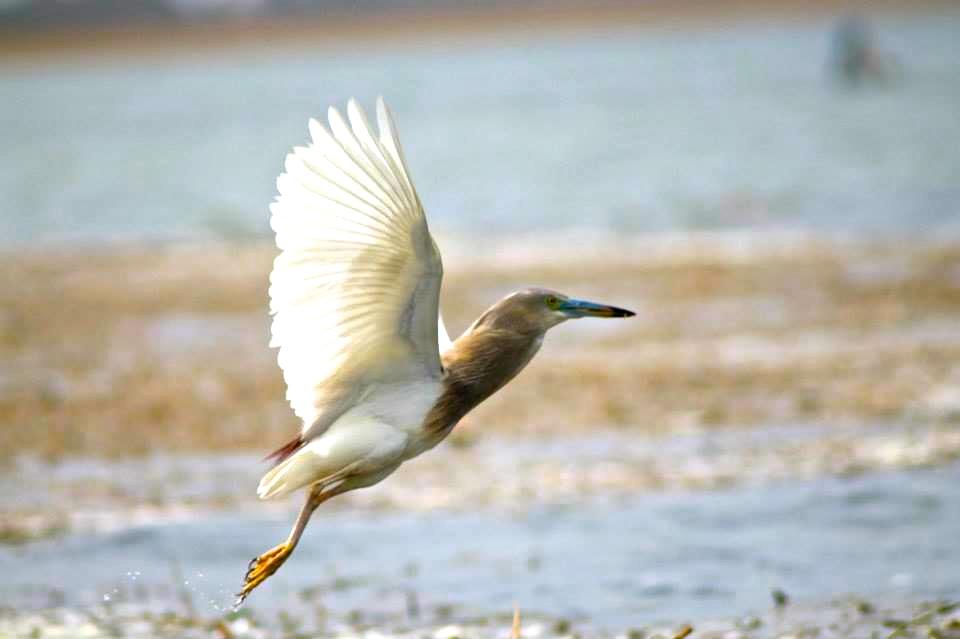
Location: Around 60 km southwest of Ahmedabad.
Open months: Year-round; best known for winter migrants.
Best time (Aug–Dec): Monsoon (August–September) enriches wetland habitats; by November–December, numbers of waterfowl and waders surge.
Timings: 6:00 AM to 6:00 PM; best viewing early morning.
Birds: Rosy pelican, flamingo, pintail, avocet, various ducks.
Nal Sarovar Bird Sanctuary Gujarat is the largest wetland bird reserve in the state, also simply known as Nal Sarovar Gujarat among locals. In the late monsoon, it transforms into a vast mosaic of shallow waters. Birding in October can be peaceful, with smaller flocks and fresh landscapes, while November–December attracts migratory flocks, often visible in spectacular numbers — a seasonal highlight in the circuit of bird sanctuaries in India.
8. Kumarakom Bird Sanctuary (Kerala)
Location: On the banks of Vembanad Lake near Kottayam, Kerala.
Open months: Year-round.
Best time (Aug–Dec): August–September for resident birds among lush backwaters; October–December for incoming migratory ducks and terns.
Timings: Typically open from 6 AM to 6 PM; boat timings may vary.
Birds: Purple heron, white ibis, Indian moorhen; migratory teals and terns from October.
Kumarakom’s lush backwaters support both resident and migratory bird activity. Monsoon renews the wetlands, and by October, migratory ducks and terns begin to visit. Boat rides arranged by nearby homestays are an ideal way to explore the reed-fringed wetlands quietly and effectively, adding to the diversity of bird sanctuaries in India worth visiting in Kerala.
9. Thattekad / Dr. Salim Ali Bird Sanctuary (Kerala)
Location: Ernakulam district, on the Periyar River’s banks, about 60 km from Kochi.
Open months: Year-round.
Best time (Aug–Dec): Monsoon months (August–September) are lush and active; October–December brings clear weather and a mix of endemics and migrants.
Timings: 6:00 AM to 6:00 PM.
Birds: Malabar grey hornbill, Sri Lanka frogmouth, Malabar trogon, Indian pitta.
Thattekad, also known as the Salim Ali Bird Sanctuary, is a lowland forest patch dense with Western Ghats specialties. It is a core site for endemic Western Ghats species, making it one of the richer forest-based bird sanctuaries in India. Monsoon months deliver dense foliage and active forest life; however, heavy rains can make some trails difficult. By October, the sanctuary’s trails dry enough for regular guided walks and bird activity becomes easier to detect — a good balance between green landscape and accessibility.
10. Dr. Salim Ali Bird Sanctuary (Chorao Island, Goa)
Location: Chorao Island, within the Mandovi River estuary, near Panaji, Goa.
Open months: Year-round (usually 6 AM to 6 PM).
Best time (Aug–Dec): August–September for breeding activity in mangroves; October–December for increasing migrant wader numbers.
Timings: Typically open from 6 AM to 6 PM; dawn canoe trips highly recommended.
Birds: Mangrove specialists such as kingfishers, herons, egrets, spotted owlets, and seasonal waders.
Known locally as Dr Salim Ali Bird Sanctuary Goa, this mangrove-fringed estuary on Chorao Island is accessible by canoe. The monsoon enhances breeding activity among mangrove species, and by October, waders return in good numbers. Dawn canoe rides offer tranquil and close views of birds in their natural habitat, making it a must-add to any Goa itinerary featuring bird sanctuaries in India.
Practical planning: timing, logistics and what to pack
- Timing: Early morning (dawn to 10 AM) and late afternoon (4 PM to sunset) are the most productive birding windows. October mornings are cooler and increasingly reliable for migrants.
- Guides & boats: For river-islets and wetlands (Ranganathittu, Mangalajodi, Kumarakom), hire local boatmen and naturalist guides, they know the roosts and the shallow channels that hide the best views.
- Permits & timings: Many sanctuaries operate sunrise–sunset entry rules and may require permission at the forest guard post (Dr Salim Ali Bird Sanctuary Goa, Kumarakom, Vedanthangal). Check the local timings and whether boat services are running in monsoon.
- Gear: Binoculars (8–10x), a compact spotting scope if you can carry one, waterproof jacket, quick-dry clothes, good walking shoes, mosquito repellent and a small first-aid kit. For photographers: a weather-sealed camera bag and lens cloth.
- Respect breeding seasons: Noise, off-trail walking and getting too close to nesting colonies disturbs birds. Follow the guide’s directions and the sanctuary rules.
How to pick the right sanctuary for your trip
- If you want colonies and nesting activity now (Aug–Sep): Choose Ranganathittu, where large nesting colonies are active and visible.
- If you want a quieter preview of wetland migrants (October): Go to Mangalajodi and Vedanthangal for early-October arrivals and good boat/shore options.
- If you are near a metro and want a short trip: Tansa, Okhla Bird Sanctuary Delhi and Dr Salim Ali Bird Sanctuary Goa are accessible without long travel, and are productive for resident and some incoming species.
Where to Stay
Enhance your bird watching trip with a StayVista villa that keeps you close to nature without sacrificing comfort. For sightings at Okhla Bird Sanctuary, a villa in Noida makes for an easy base, while a villa in Agra is ideal for pairing Keoladeo National Park with Agra’s heritage gems. Birders visiting Tansa Wildlife Sanctuary will find a villa near Thane perfect for an early start. For Vedanthangal Bird Sanctuary, choose a villa in Chennai for quick access to its seasonal wetlands. Nal Sarovar’s winter migrants are best enjoyed from a villa in Ahmedabad, while Kumarakom Bird Sanctuary pairs beautifully with a villa in Kottayam. Those exploring Thattekad, also known as the Dr. Salim Ali Bird Sanctuary in Kerala, can retreat to a comfortable villa in Kochi. And for Goa’s own Dr. Salim Ali Bird Sanctuary on Chorao Island, a villa in Chorao places you right in the heart of its mangrove haven.
Why Monsoon Bird Watching in India is Worth the Trip
Visiting bird sanctuaries in India between August and December rewards travellers with lively wetlands and the rare chance to witness seasonal transitions — from breeding to migration. For photographers, the softer light of post-monsoon mornings and the vibrant green backdrops add unmatched richness to every frame.
Across these 10 bird sanctuaries in India, August to October offers a mix of intimate resident birding, active breeding colonies, and the thrill of early migrants. By November–December, diversity peaks, but with larger crowds. The key is to match your trip timing with the species and behaviour you hope to see — and to enjoy the quieter, slower rhythm of India’s nature just before winter’s rush begins. Whether it’s the river islets of Karnataka, the inland wetlands of Gujarat, or the tropical forests of Kerala, the experience remains memorable — provided visitors respect sanctuary rules, keep noise low, and avoid disturbing birds during critical breeding or feeding times.
Banner Image Credit: Paulus Veltman via Flickr
Also Read:
Luxury in the Wild: StayVista Stays Near India’s Best Wildlife Sanctuaries
India Has the Only Floating National Park in the World – Here’s Where to Find It
Nanda Devi National Park and Valley of Flowers Trek Guide: Uttarakhand’s Twin Trekking Marvel
Jim Corbett to Ranthambore: Journey Through The Must Visit National Parks in North India
Pench Jungle Safari: A Complete National Park Guide





